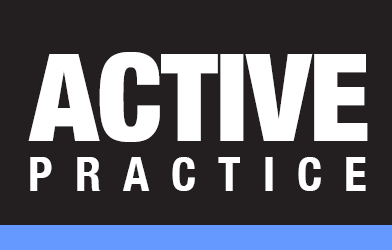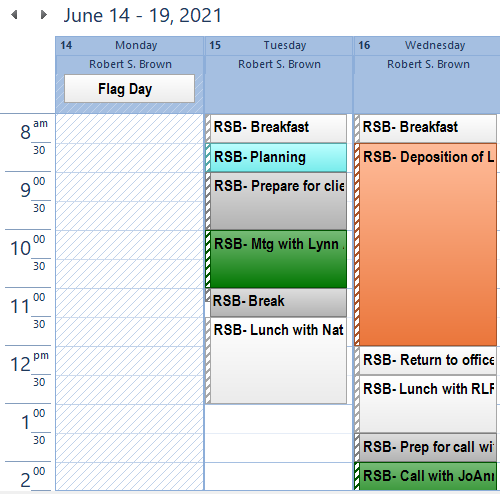Time Boxing: Your Best Tool for Becoming More Productive
/I was wasting some time on the internet when a Pocket-promoted article caught my eye: Timeboxing: The Most Powerful Time Management Technique You’re Probably Not Using
How had I missed this?
My first time management breakthrough, many years ago, was Stephen Covey’s The 7 Habits of Highly Effective People. The next milestone was Getting Things Done by David Allen. Since then I’ve written articles such as Important and Urgent and given presentations at legal technology conferences.
Yet this was the first time I’d seen the term, “time boxing.”
I was aware of time blocking: scheduling blocks of time to work on specific tasks. Time boxing adds a highly significant constraint: In addition to scheduling a block of time, you commit to spending only that block of time on the task. Whoa!
With time boxing, you limit yourself, in advance, to a fixed amount of time for each of the things you plan to do during the day. That self-imposed mandate is enough to send all of us figuratively running for the door.
Can you imagine boxing yourself in like that?
Well, it works. The research proves it to be the most effective approach to becoming more effective. I won’t cite the sources here. You know how to use a search engine to find the 700,000-plus hits for time boxing or timeboxing.
example of time boxing with Time Matters calendar
How to Get Started
Bear with me, as this is Day One for me and time boxing. It strikes me that you can use almost any electronic or paper calendar for time boxing. The Time Matters calendar, Work Week View, lends itself to creating boxes. You can double-click on a time and then drag the lower border down to create a box of the appropriate length.
The same approach works in Google Calendar and other calendar apps.
If you are going to overcome your understandable resistance and give time boxing a try, start small. I wager you will find that you don’t make your time boxes big enough. I chronically underestimate the amount of time something will take. Go easy on yourself.
Once you have made a start, go back and read more about time boxing. The advice will make even more sense once you have completed a few boxes. Here’s a good article that covers both time blocking and time boxing: Time Blocking. I am thinking that a combination of the two approaches may be a good way to get started.
What’s the Catch?
The catch: It is really hard to get started and stick with time boxing. Who wants to box themself in? I do, even though my personality is highly divergent. That makes me a great candidate, because I have so much room for improvement. What about you?
There is a truly tricky aspect to managing your time in new ways. If you are obsessed and rigid about your new system, you’ll likely abandon it. If you are inconsistent and too flexible, you may get down on yourself, say it’s not for you, and abandon it.
The key is, in the words of Keaunu’ Reeve’s Buddha character in Little Buddha (1994), “the middle road.” Not too rigid. Not too flexible.
Looking to Manage a Case or Project Timeline?
Here are some good reviews of online services:
https://thedigitalprojectmanager.com/best-project-timeline-management-software/
You are welcome to contact me with your thoughts and questions: Send me an email… or call 952.922.1727.






